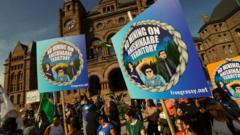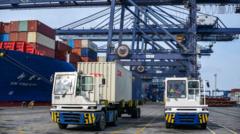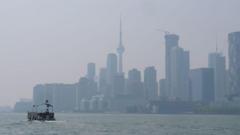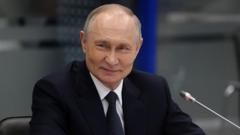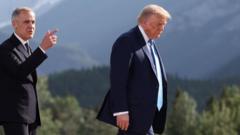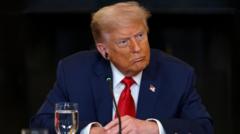In a remarkable display of civic engagement, more than 7.3 million Canadians have voted early, setting a new record for advance voter turnout ahead of the upcoming federal election, as highlighted by Elections Canada.
Record Early Voter Turnout in Canada’s Elections with 7.3 Million Ballots Cast
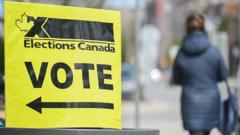
Record Early Voter Turnout in Canada’s Elections with 7.3 Million Ballots Cast
Canada witnesses an unprecedented surge in early voter participation as over 7 million ballots are cast prior to the election.
With the polls open over the Easter weekend, extensive lines were reported, particularly on Friday when two million ballots were submitted. This record-setting turnout represents about a quarter of eligible voters, reflecting a 25% increase compared to the previous election cycle in 2021. The momentum continues with a rise in mail-in voting; over 754,000 Canadians have returned their ballots, surpassing the previous figure of 660,000 in 2021.
As federal leaders gear up for the crucial April 28 election, the latest polling indicates a 5-point lead for the Liberals over the Conservatives. Liberal leader Mark Carney has been active in campaigning across regions like Prince Edward Island and Quebec, emphasizing his capacity to manage relations with U.S. President Trump amid trade conflicts.
In contrast, Conservative leader Pierre Poilievre underscores a narrative of change, focusing on pressing issues such as affordability and public safety. “It’s time for the government to start pinching pennies,” Poilievre stated while unveiling his party's platform.
The political landscape is intense, with the Bloc Quebecois and New Democratic Party trailing in third and fourth place respectively, as Canadians ponder the direction their country will take.
As the election approaches, voter engagement remains a key theme in a nation where the desire for change and responsive governance is palpable.
As federal leaders gear up for the crucial April 28 election, the latest polling indicates a 5-point lead for the Liberals over the Conservatives. Liberal leader Mark Carney has been active in campaigning across regions like Prince Edward Island and Quebec, emphasizing his capacity to manage relations with U.S. President Trump amid trade conflicts.
In contrast, Conservative leader Pierre Poilievre underscores a narrative of change, focusing on pressing issues such as affordability and public safety. “It’s time for the government to start pinching pennies,” Poilievre stated while unveiling his party's platform.
The political landscape is intense, with the Bloc Quebecois and New Democratic Party trailing in third and fourth place respectively, as Canadians ponder the direction their country will take.
As the election approaches, voter engagement remains a key theme in a nation where the desire for change and responsive governance is palpable.



